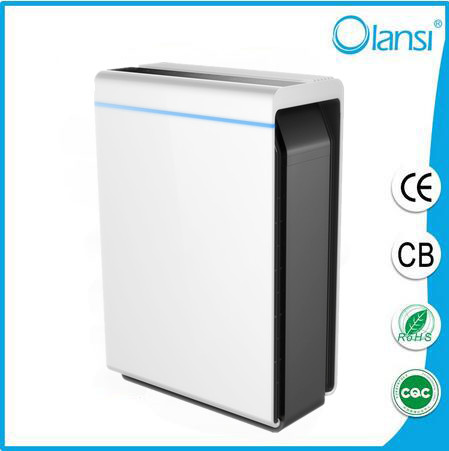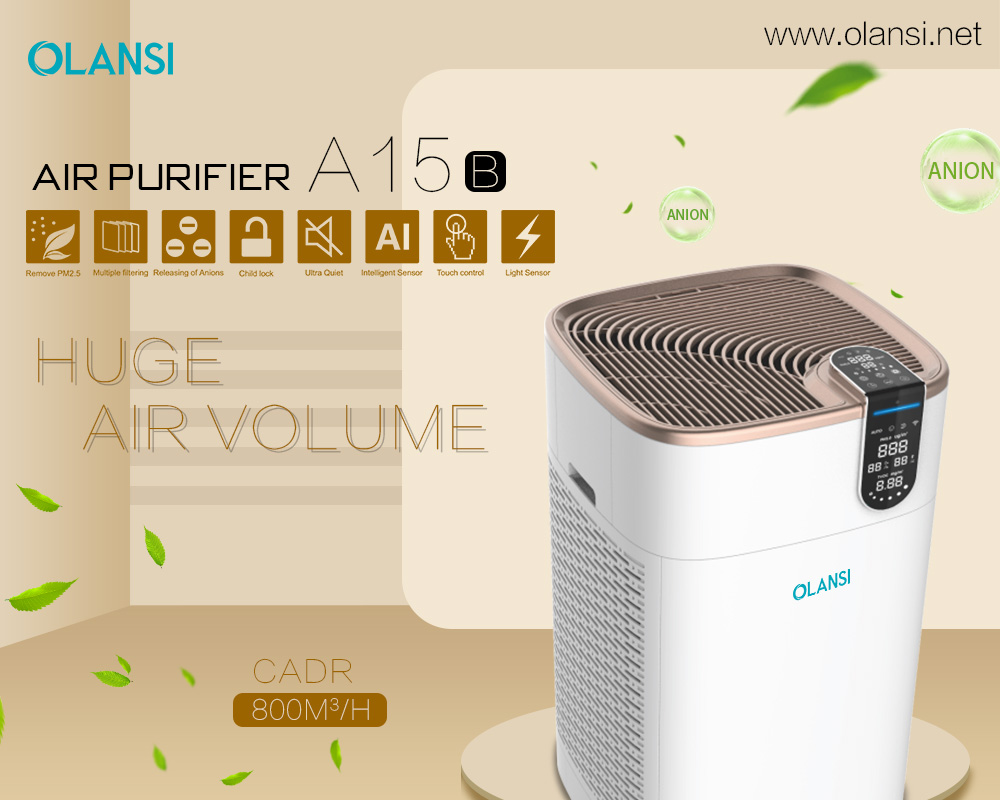Air purifiers at traffic intersections: Experts call it mere band-aid fix
In a rather desperate move to counter the severe air pollution in Delhi, the government wants to install air purifiers at traffic intersections. But experts feel the idea is flawed on various counts. While this is more of a band-aid solution that doesn’t bring down vehicular emissions, the system may also not be as effective in “purifying” polluted air.
Each device, it is claimed, helps purify the air of up to 40% pollutants, including particulate matter, carbon monoxide and hydrocarbons, over a 30-metre radius. However, the results when the New Delhi Municipal Council installed a similar air purifier in Connaught Place in 2010 weren’t great, and the machine was soon dismantled.

“It did not prove very effective. You have to understand that the air purifier has to have a huge capacity to be able to filter all the pollution,” an NDMC official told TOI. “We installed it more for demonstration and did not even pay the company then.” He, however, added that NDMC was now thinking of reassessing the effectiveness of the machine because air quality has deteriorated so much.
The air purifiers being currently considered by Delhi government are a bit different. They have been designed by the National Environmental Engineering Research Institute (NEERI) and IIT Mumbai and manufactured by a Kerala-based company. These can filter particulate matter, carbon monoxide and hydrocarbons. The team is working on filtration of oxides of nitrogen (NOx) too, but that may take over a year. Delhi government’s press release on Friday said though that they could monitor NOx as well.
Each purifier costs Rs 1 lakh or so. A busy intersection could require up to five of them, depending on the area being covered. On trial in Mumbai at present, the results could determine whether the Maharashtra government will deploy them in parts of that city. A Maharashtra Pollution Control Board official said the trial for a single installation cost them about Rs 20 lakh.
“The system also creates turbulence that helps pollutants to disperse, which is helpful in Delhi’s calm winter when pollutants tend to remain concentrated near the road surface,” elaborated Rakesh Kumar, director, NEERI. The purifiers run on electricity, but can be operated on solar power too. Each machine being test run in Mumbai costs just around Rs 30 a day. China is planning to operate similar purifiers in some locations on a pilot test.
Experts, however, are not too taken by the idea of using the machines. “Air purifiers are definitely not effective, though virtual chimneys that create turbulence may help a little,” said a scientist at an air pollution monitoring agency.
Another expert, Anumita Roy Chowdhury, head of the clean air campaign at the Centre for Science and Environment, said that the use of machines to purify air at a few traffic intersections was a cosmetic measure at best. “The money could have been used more productively to reduce pollution from different sources,” she said. “We cannot afford to make expensive mistakes.”







